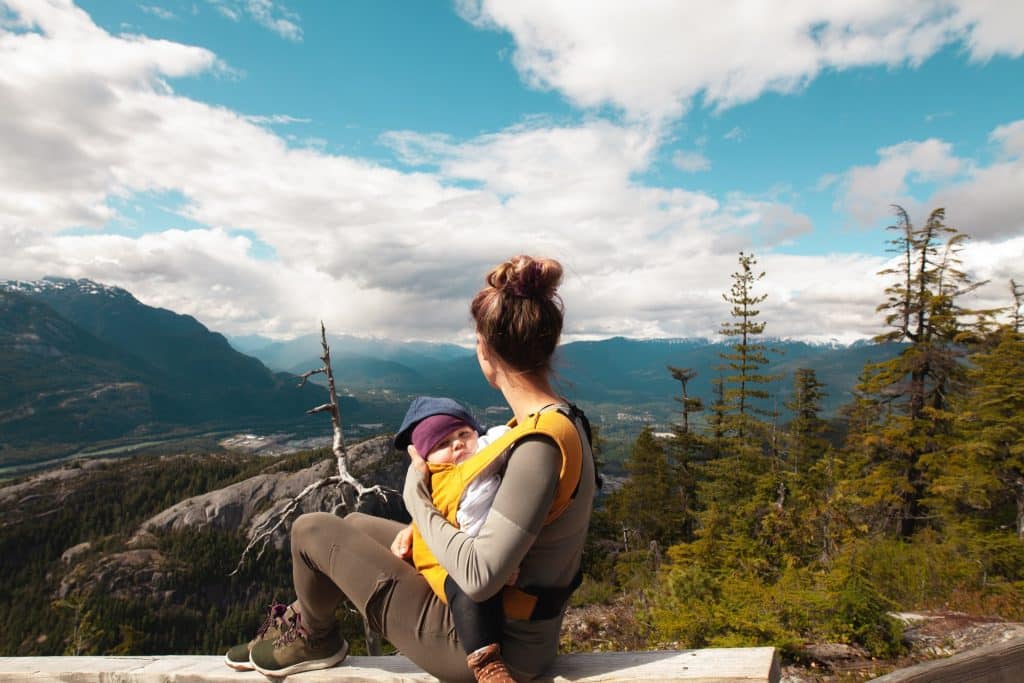News
Baby’s skin from the inside
THE BABY’S SKIN IS THE RESULT OF A SLOW MATURATION THAT TOOK PLACE DURING PREGNANCY:
Around the 40th day of pregnancy, the small embryo, which measures 10 to 14 millimetres, sees its tongue appear, its teeth form and its epidermis develop. At the 22nd week of pregnancy, the baby is 17cm from head to coccyx and 26cm from head to heels and weighs 500g. The skin begins to thicken, but it is still wrinkled, because the subcutaneous fat is not yet present. The sebaceous glands come into place and begin to secrete the vernix caseosa to protect baby’s skin, which is bathed in amniotic fluid. At the 23rd week of pregnancy, subcutaneous fat appears, as well as small lines on his fingers and palms, which will be his future fingerprints. The dental buds are in place and the ivory of the future baby teeth begins to build up. At the 26th week of pregnancy, baby measures 21cm from head to coccyx and 33cm from head to heels and weighs 870g. His skin has become red due to the presence of small blood vessels that run through it. At the 35th week of pregnancy, baby now measures 30cm from head to coccyx and 45cm from head to heels and weighs about 2kg400. He is becoming more and more chubby. The vernix is still there; he will certainly still have some at birth (these are the little white patches we see on his skin, even though he has just arrived in our arms). At the 36th week of pregnancy, baby measures 32cm from head to coccyx and 46.5cm from head to heels and weighs about 2kg650. He will soon discover his parents and his skin is now such that mom and dad will be able to touch it. Baby’s skin has a particular physiology: incomparably soft, fine and easily irritable, the skin of a baby, born at term, is definitively structured: the stratum corneum, epidermis, dermis and hypodermis are in place.
However, a baby’s skin is very different from that of an adult:
The stratum corneum of the skin is thin and permeable. The dermis is thinner than that of an adult. It is made up of fine elastic fibres and very thin collagen bundles. A child’s skin will only become an almost impermeable barrier from the age of 4 onwards. Until then, it can be irritated very easily and is an easy route for chemical agents to pass through. It lacks the natural defences that these structures will build up when mature: any untreated lesion can become superinfected. It is estimated that on the surface of a baby’s skin there are 50 to 60 million bacteria per cm2.
The sweat glands are not yet ready to function “normally”. A newborn baby naturally has a sweat deficit, i.e. a difficulty in eliminating waste, toxins and regulating body temperature. With less lubrication, the skin will be more prone to dehydration.
The sebaceous glands, stimulated during pregnancy by maternal hormones, are over-developed at birth, resulting in an excess of sebum. This is the reason for the appearance of milk crusts, for example. As the months go by, the baby’s skin will change and become increasingly dry until puberty.
Covered with a hydrolipidic film that is too thin and not sufficiently resistant, baby’s skin is particularly sensitive to aggressions such as wind, heat, rubbing of nappies and clothing.
The pigmentation cells, the melanocytes, responsible for giving the skin its colour, are still few in number and contain few melanosomes. This is why most children at birth have a very light complexion, even if this is not the case for their parents.
Poor in melanin, a substance that protects against ultraviolet rays, a baby’s skin is extremely sensitive to the aggression of the sun.
In infants a few weeks old, the perspiration mechanism, involved in thermoregulation, is not yet well established. A very small baby is therefore more vulnerable to temperature variations than an adult.
Dr Philippe Goëb

